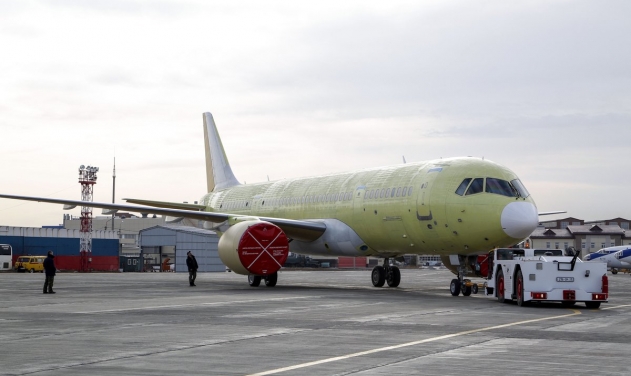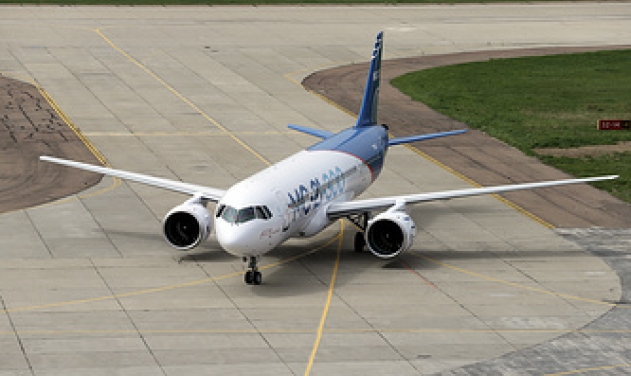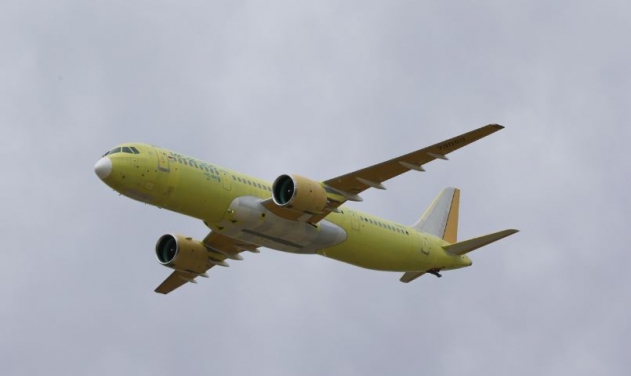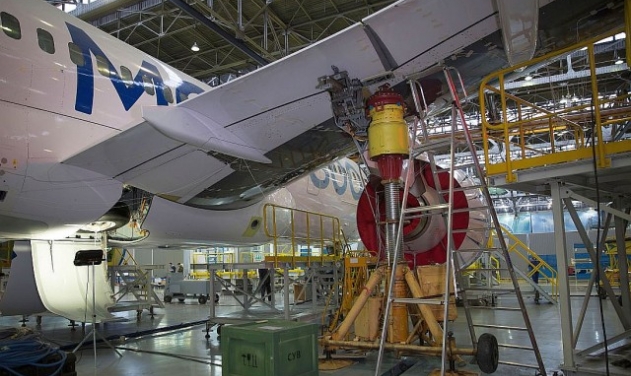Irkut MC-21 Airliner To Undergo EASA Certification Tests

The European Aviation Safety Agency (EASA) have conducted preliminary examination flights of Russian airliner MC-21-300 and will soon conduct certification tests.
The EASA test pilots have performed the following procedures on the simulators and test benches: take-off, approach and landing using both landing systems and visual approaches; handling qualities and controllability characteristics of MC-21-300 aircraft in various control modes within the entire range of admissible operating altitudes, speeds, weights and centres of gravity; actions in case of emergency; and approaching high angles of attack, when the stall warning activates.
On completion of the theoretical and simulator training, the EASA specialists performed familiarization flights. During the flights they gain familiarity with the basic characteristics of the stability and controllability of the aircraft, landing approach and go around procedures, including simulation of one engine failure.
The theoretical and practical training of the EASA specialists was provided by test pilots and leading engineers of the Flight Test Facility of the Yakovlev Design Bureau, a branch of the Irkut Corporation.
As Oleg Kononenko, the Hero of Russia and test pilot of the Yakovlev Design Bureau, stated, “thanks their vast experience, our European colleagues mastered control of MC-21-300 within a short period.”
Participation of EASA test crews in testing of the new aircraft is a prerequisite to its validation by EASA.













